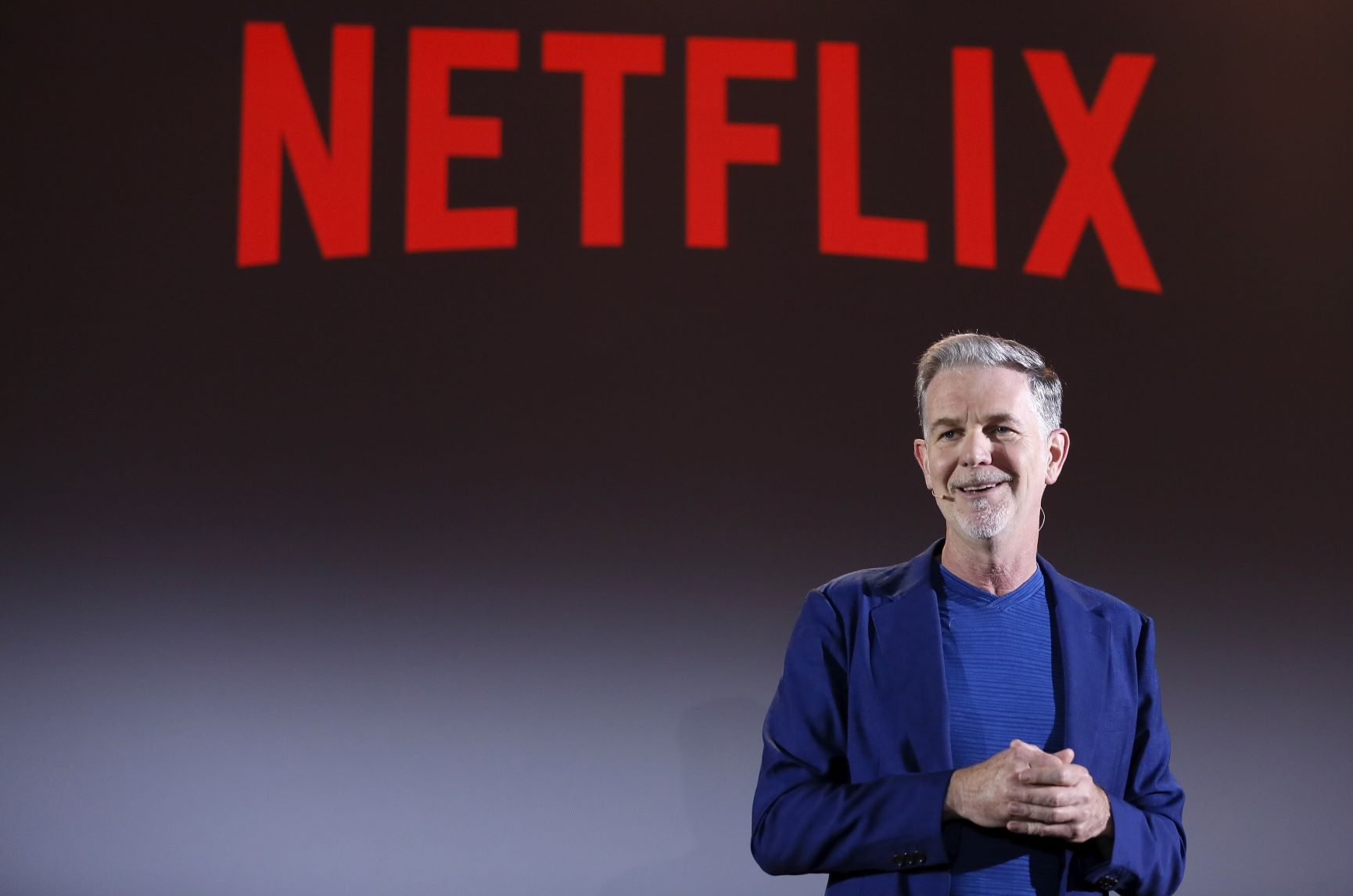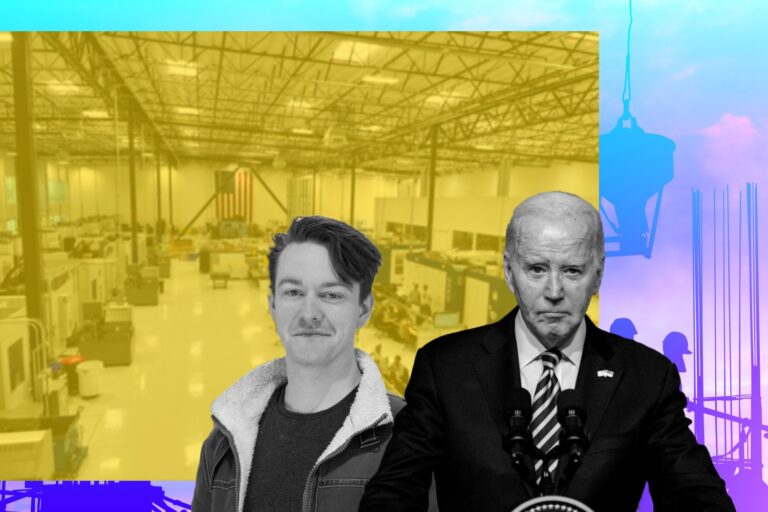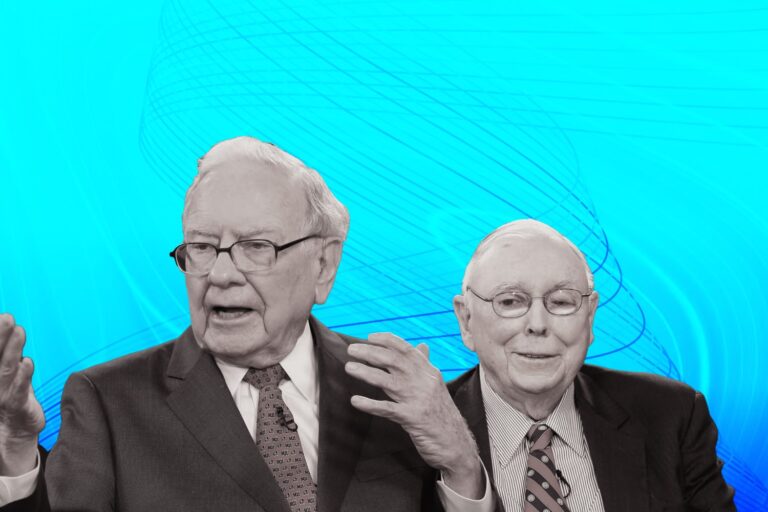The Incredible Journey of Netflix: From a DVD Rental Company to the Leading Streaming Service
Throughout its 23-year history, Netflix has transformed the entertainment industry. Netflix is one of the dot-com bubble’s biggest success stories. Much like other online startups in the late nineties such as Google and Amazon, Netflix would go on to change the way that the the world receives entertainment. By disrupting the classic distribution chain that Hollywood once used to get content to consumers, they would set the example for how people would come to know, utilize and digest their home media and entertainment habits.
Netflix is a champion of innovation, a company constantly looking for new ways to grow and outperform its competitors. Always trying new things and jumping on new trends is what allowed Netflix which started as a small DVD rental business to become one of the main video content creators and distributors in the world. With thousands of millions of subscribers, they are changing the established landscape of movie and TV entertainment forever.
- Company: Netflix, Inc. (NFLX)
- CEO: Reed Hastings
- Established year: 1997
- Headquarters: Los Gatos, USA
- Products & Services: The official website of Netflix, Monthly subscription, Recommended video – System algorithms Domestic streaming option, International streaming features and options.
- Competitors: Amazon Prime Video, HULU, YouTube, Broadcast live, Sony PlayStation Vue, HBO right now, Television, Hotstar
Netflix originally only offered rich movie collections, shows and movies through the mailing system. It was not until 2007 when Netflix decided to transform its business structure from a mailing system to subscription-based streaming content. Prior to launching live streaming in 2007, Netflix’s average revenue averaged an estimated $997 million annually.
Netflix Business Model Strategy
The very first innovation from Netflix was in the channel block of the business model. The founders Reed Hastings and Mark Randolph admired Amazon for selling books online and wanted to do the same with some other items. They were looking for products that are portable durable and desirable enough to be sold online and delivered via post. At that time VHS was the norm, but they figured that it was too heavy to be sent via post and too big to be easily stored in a warehouse. DVD, on the other hand, did fit the criteria. The only problem was it was a totally new technology barely released but they went with it anyway. Both of this approaches the delivery channel and the format were already very forward-thinking for that time. And to differentiate itself from the VHS renting competition, even more, Netflix innovated on the revenue model, instead of a paid to rent a single DVD model, Netflix tested subscriptions. You could rent as many DVDs as you wanted per month for a flat fee and in addition to that, there were no due dates to return them and so no late fees, unlike traditional renting businesses.

Despite these innovations, things weren’t going so well for Netflix and at some point, they proposed to get acquired by their main competitor called Blockbuster, which had a chain of physical shops for VHS and DVD rentals. Blockbuster refused the deal and the funny story is that the whole company went bankrupt a few years later. In addition to these hurdles and this refusal, Netflix was also hit hard by the dot-com bubble. As many technology companies went bust and stocks were falling down, Netflix had to fire two-thirds of example is to stay afloat.

Eventually after 2002, the growth in subscriptions resumed and the company went public. However, Netflix quickly understood that it would be a great idea to deliver a video directly online although the internet speed at the time was too slow for high quality content streaming. Once again, they were thinking about channel innovation for the delivery of their products, even though the infrastructure was not yet ready. At that time, they were still renting a lot of DVDs, which were their main source of income, but we all know what happened afterwards as CD and DVD sales started to fall rapidly. Normally, that would spell the end of any company dependent on them, but Netflix was forward-thinking enough as usual, and the video on-demand services allowed it to keep growing while its DVD renting business was falling. So that was once again channel innovation as not only did Netflix offer streaming services through the internet, they were also the first ones to make their content available on all devices including PC, smartphones, tablets, Smart TVs, etc. So, channel innovation brought Netflix up until a point where content is delivered online on every possible device.
But by that time competitors were growing and proposing the same offers, so Netflix kept innovating in other areas. The main change was the creation of original content. Netflix started to invest in series and movie creation by either acquiring independent creators or creating in-house. That added a new key activity to its business model, which is content creation. This is called vertical integration, where a company owns several parts of its value chain. So as of today, Netflix creates original shows like House of cards or Orange is the new black and distributes them on its platform. Speaking of which Netflix came up with several other innovations which fit into the value proposition block, starting with the video recommendation algorithm. This algorithm is very robust and attempts to suggest you new video shows that you will like based on many criteria. This is extremely used to sort out content that individual viewers will enjoy out of thousands of different shows that exist in the catalog.
Also, Netflix is now releasing entire seasons of its original shows at once without making you wait weeks between each episode. When it comes to traditional TV, this weekly episode release is necessary to maintain a habit and make people watch advertising at prime times. But Netflix doesn’t rely on advertising, so they don’t need to do it. And for the Netflix subscriber, the advantage is that they can binge watch entire seasons at will without the waiting time between episodes. With this content creation and distribution, Netflix has some traditional business actors worried. Of course, it definitely changes TV people go away from linear TV to on-demand video. At the same time, Netflix does vertical integration and produces original content which can change the balance of power between producers and broadcasting networks. And finally, with the release of original movies on small screens and not just shows, Netflix is turning movie theater businesses against it. It makes sense since movie theaters make money on the exclusive release of new films, which become available on DVD streaming or TV only much much later. This makes sense for Netflix who created a habit of disrupting delivery channels and skipping intermediaries, but it encounters resistance. For example, Netflix movies are not allowed to compete in the official selection of the International Film Festival in Cannes for this exact reason. It is because they don’t release their movies in theaters. Cannes Film Festival is the most important event in the movie industry in the world. And it’s official selection and the Palm Dog prize are extremely prestigious. But Netflix obviously want to go against its very own model so it will be interesting to see if this resistance will have a negative impact on it or not. This escalation and these tensions between Netflix and the fine crowd of the Cannes Film Festival really is a big deal. It’s the typical confrontation between two the incumbents and the industry disruptors. However, Netflix should be careful because a big theater screen is not only a different delivery channel for movies it’s also a totally different experience for the moviegoers compared to small screens like TV. So, will Netflix keep ignoring that or will it embrace it and keep following its logic?
In the case above, it acquires and create Netflix’s own movie theater experience, it might sound crazy right now but it’s not unrealistic given Netflix innovation and vertical integration track record. So, Netflix disrupted the sales and delivery channels of the industry many times over, the revenue model with subscriptions instead of one-time payments. It added innovative value propositions for its subscribers, like relevant recommendations and full season releases. And it expanded vertically by adding original content creation into its key activities. One thing for sure, Netflix keeps gaining subscribers and it will continue to create new original content including series movies and documentaries. What will be its new major innovation is yet to be seen but given how innovative that company generally is, it’s safe to assume that there will be surprises.
Story Behind Netflix’s Success
When Jim Cook and Suzanne Taylor started building Netflix in 1997, most people thought they were doing something … silly. The DVD supplier began selling in the United States, and within a few months, they implemented a multi-billion dollar plan with an initial capital of nearly $2 million.
In the era of information technology, the idea of renting DVDs by mail is clearly unconvincing and it seems that there cannot be a bright future. But despite these difficulties and skepticism, Jim Cook and Suzanne Taylor were determined to build Netflix. And today Netflix has become a symbol of a revolution in the global movie rental industry.
Looking back at the start-up story of Netflix, we can see some outstanding and essential business lessons for business innovation, especially for entrepreneurs in media streaming industry.
#1: Right Steps to Integrate with the World’s Market
Netflix doesn’t try to enter all markets at once. Instead, they carefully select markets that are geographically and psychologically close to each other, or understand the differences between the markets. For example, the first plan to enter the international market was in Canada in 2010, which is geographically close and has many similarities with the United States. Therefore, Netflix can develop its internationalization capabilities in places where the “foreign” challenge is less severe. In doing so, the company learned to expand and develop its core capabilities beyond the United States.

The first stage in the process of global market penetration is consistent with the traditional expansion model. But from the experience in that process, Netflix has developed scalability in so many markets in just a few years – this is the second phase of the process.
In the second phase, to expand into the international market faster and wider, Netflix has “imprinted” to the past 50 countries, based on the experience in the first phase. The choice of these markets is influenced by the level of attractiveness there, such as similarity, leads and the quality of the internet. This phase helps Netflix continue to learn about the internationalization process and partner with local stakeholders, while ensuring revenue growth. As this phase involves expanding into further markets, it requires investing in content that is geared to the tastes of that region, in addition to investing in technology in analyzing using big data.
In the third phase, with experience from the previous period, the speed of rapid expansion brought Netflix to 190 countries. The company is already well versed in the users’ favorite content, marketing strategy and internal organization. The task now is to focus on developing more languages, optimizing algorithms for a global content library, and expanding support for more devices with Many flexible forms of payment.
#2: Using Big Data When Building Competitive Strategy
Big data gives them power, but big data together with good ideas can create powerful transformations. Netflix is a technology juggler, with analytics, algorithms and digital innovation, they have changed the way customers watch TV shows and movies. However, this technology is practical to serve a unique perspective – building a platform that helps shape what customers see, not just how they view it. The company has an enormous amount of data on 125 million customers’ TV viewing habits, from whether they will watch any shows or movies they like, to how many minutes they watch an episode, or when they watch it. Any new series. Big data system creates a diverse social system, influencing the movies that their members will watch, based on their past movie history, as well as the votes of their members on different devices.
In 2005, when the company had only 3.5 million subscribers, Netflix shared that their biggest problem was how to convert the options, making it easy for users to find entertainment shows compatible with their interests. They always want to give people a platform to fit their customers’ tastes. This vision motivated Netflix from the outset, and it emphasizes the power of originating ideas, for their later business success.
#3: Creating Great Customer Experiences
Jim Cook and Suzanne Taylor know that if they cannot find a way to work with the US postal system, they will not be successful. The three-step solution of Netflix has become very popular today and is registered under the trademark Subscription Queue. Jim Cook and Suzanne Taylor know that their success will be limited if they ask customers to come back to the site over and over again to order the next rent. Netflix research shows that the average customer rents between 5-7 discs per month. Why force customers back to the site each time to rent a movie they want when they just need to put it all in one list? So in 1999, Netflix built the world’s first online queue system – listing movies that customers knew they wanted to watch. Within a few months, the average number of movie discs a customer rented in a month increased to 20-25. So Netflix’s research is right!

Naturally, with time, Netflix has upgraded the technology system to optimize this process to the best. Accordingly, it can automatically send the next movie on the list to ensure that customers always have at least one Netflix movie. Clearly this is a service that customers can’t get anywhere else than Netflix. It is very quick and convenient. Thus, in order to succeed in business, Netflix has had creative solutions, giving customers the maximum benefits.
#4 Innovative Solutions Are Essential
It’s hard to believe, but Netflix works well for the first 5 years without any dollars spent on universal advertising. The company has two secret weapons: Firstly, Netflix knows how to connect with DVD viewers in Internet communities, online discussion forums, etc. Report on these forums in a friendly manner. The airline expects that there will be about 10 orders in the first day. Unexpectedly, they had more than 500 orders in the first day, mostly from members in the online communities and forums that Netflix regularly communicates with. These members notify the other members. So, within the next 30 days, the result is great when the average Netflix receives 1,000 orders / day. This number after 3 months is 2,000 orders / day.
Netflix’s second key weapon is to ensure the promotion of “10 free movie discs” placed in any DVD player sold by three major manufacturers: Panasonic, Sony and Toshiba. Preliminary estimates, these three manufacturers account for 85% of the world market for DVD players. Initially, it was difficult to convince these three major manufacturers to put Netflix promotional coupons into their products. Fortunately, at the time, DVD manufacturers were really concerned about failures like those of Laserdisc or Betamax. They understand that a solution is needed to encourage customers to shop. So Netflix was chosen. By offering 10 free movie discs promotions to customers when they buy a new DVD player, Netflix has taken an extremely effective advertising and marketing step.
The Bottom Lines
The success of Netflix can come from two strategic steps. It’s a three-stage expansion into new markets and how the company operates there. This is something that other companies that want to expand around the globe can also apply.
With the unique approach, this post has helped the company expand faster than competitors. In the future, Netflix will face increasing competition not only from “famous” rivals like Amazon Prime, but also young local competitors. However, due to the growth of the internet, including phones, tablets, smart TVs, Netflix has proven that these strategies are still very effective in the future. Jim Cook and Suzanne Taylor are still and will be faced with a lot of competitive pressure and changes of the film distribution industry. But one thing is clear: Netflix’s relentless focus on customer-driven innovations will continue to bring the golden keys to its revolutionary business doors.









